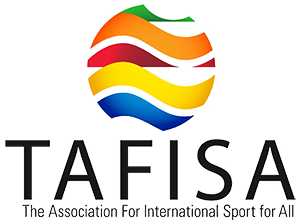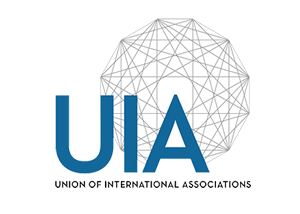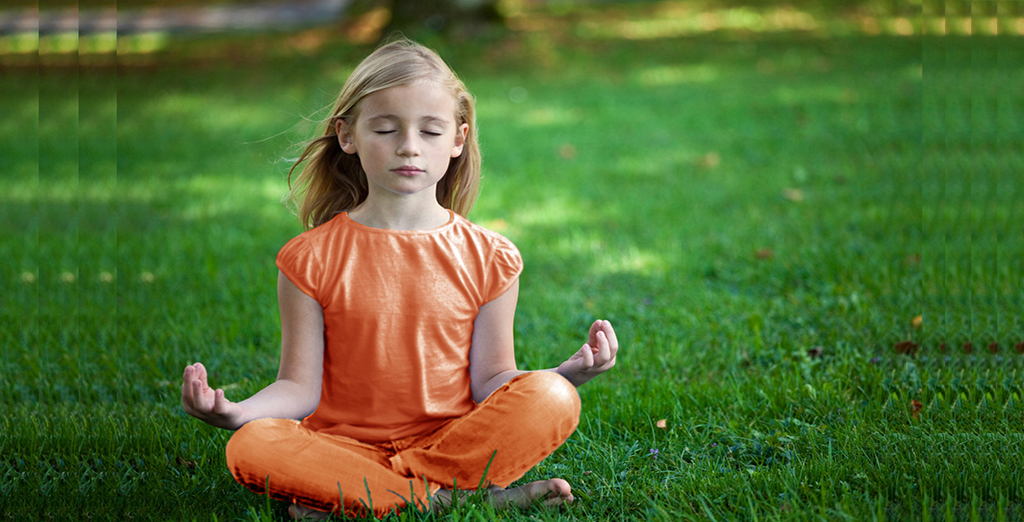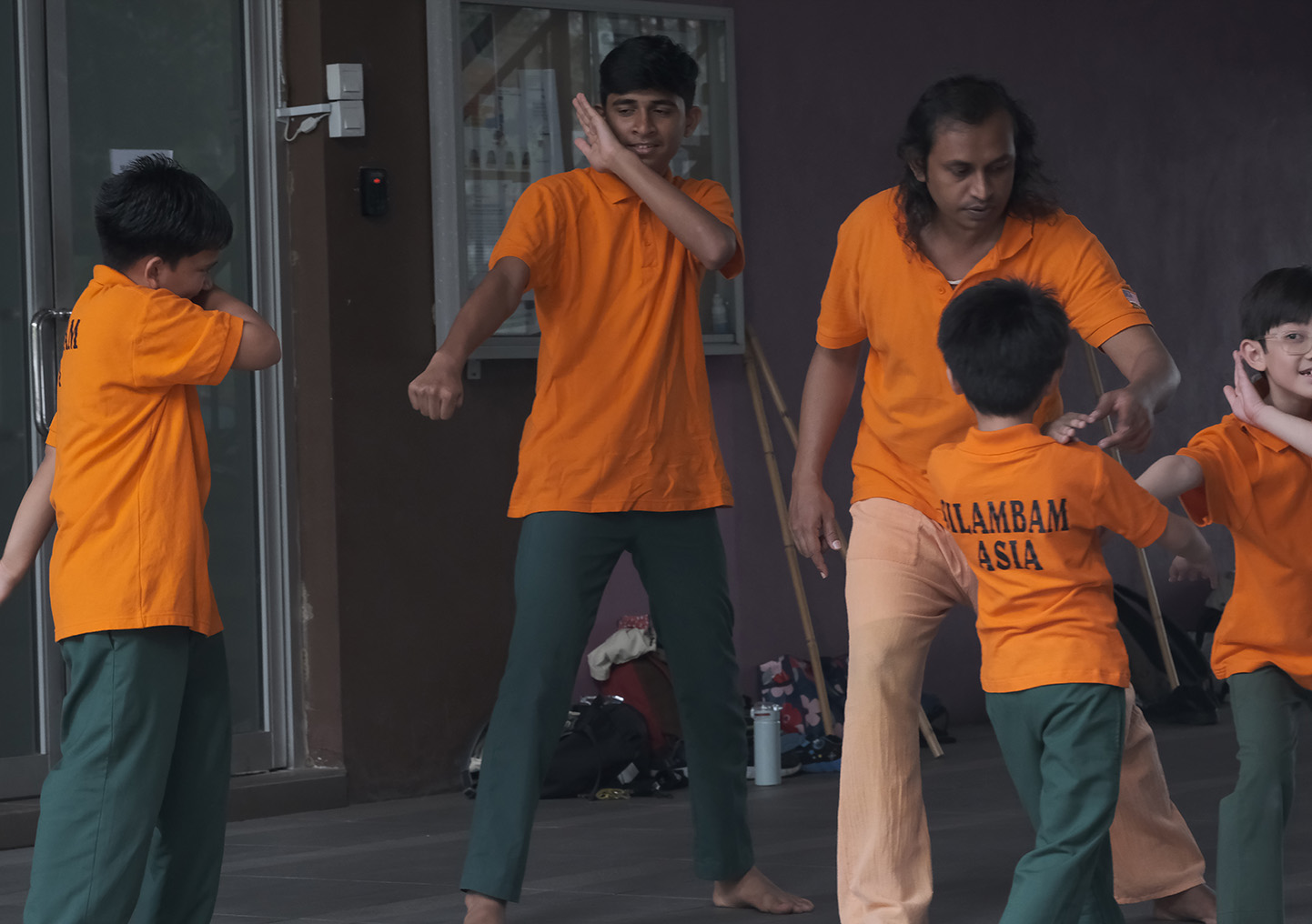
Silambam Mastery
Remedies Menstrual Problems
Remedies Menstrual Problems
Menstrual Problems
Published: 22 November 2014
Last Updated: 15 May 2025 04:30 AM (GMT+8)
Bahasa Melayu : not_available / Malayalam : not_available / Telugu : సిలాంబం / Français : not_available
Menstrual Problems Treatment
Menstrual Problems:
- Production of hormones like estrogen and progesterone trigger the development of a woman's body
- Menstruation is a natural process and women experience various problems before and during menstruation
Symptoms to look for:
- Abdominal cramps
- Pain
- Excessive flow
- Sudden stoppage
- Development of clots
Pressure Points Remedies:
What is Acupressure?
Acupressure is the massage of acupuncture points and is used to promote circulation and reduce pain. You can use it to reduce menstrual cramps and symptoms of PMS.
The two best points for cramp relief are Komberi Kaalam ( Stomach 36 - ST 36) and also AAA ( Spleen 6 - SP 6). Recommendation from New York Acupuncture Clinic, which they often advise patients to massage these two acupressure points on their own.
Komberi Kaalam (Stomach 36)
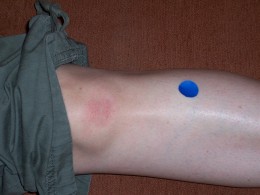
Stomach 36 (ST 36) is one of the most important and commonly used acupuncture points. If you are trying to reduce menstrual cramps you should first gently examine ST 36 area. If the muscles there are tight, then pressing deeply and strongly with your thumb will help reduce the cramping and pain. Be careful because this area can be sensitive and pressing very hard can cause bruising. If the muscle there are weak, then gently rubbing is better. This point can also be used for general health, improve digestion, stomachaches, and reduce fatigue.
To locate ST 36 find the bump on your bone about one inch below the knee. This bump is called the tibial tuberosity. ST 36 is level with the bottom of the tibial tuberosity, one thumb width towards the outside of the leg.
Do not rub these points if you are pregnant.
AAA (Spleen 6)
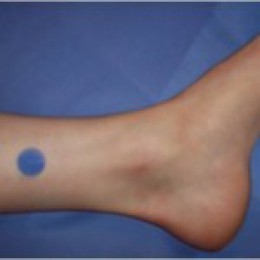
Spleen 6 (SP 6) is a very important point to reduce menstrual cramps, regulate the menstrual cycle, treat pain, and improve energy. This is because the point strongly moves the internal energy of chakra and blood. It also helps to produce internal energy of chakra. So stimulating this point will help improve digestion, energy, and reduce pain and can be used to prevent or treat acute cramps.
SP 6 is located on the inside of your calf. The point is on the center line of your leg. Place your hand on the top of the inner ankle bone. The point is the same distance as the width of you 4 fingers put together.
You can use these points to relieve cramps, but also you can rub both of these points daily to prevent menstrual cramps.
Do not rub these points if you are pregnant.
OTHER RELATED: Varma Pressure Points - at Legs
Natural home remedy using papaya:
1. Papaya helps to reduce the pain and regulates the flow
2. Take pulp of an unripe papaya
3. Blend it with 1 glass water
4. Drink it twice a day
Natural home remedy using sesame seeds:
1. Sesame seeds have pain relieving properties and also cure vomiting
2. Crush 4 tsp of sesame seeds into powder
3. Add 1 glass of water
4. Mix well
5. Drink 2 times a day
Tips:
- Avoid caffeine
- Drink 8 glasses of water everyday to keep the body hydrated
Silambam Asia (SILA) is in official partnership with the United Nations Sustainable Development Goals (UN-SDGS) to preserve and safeguard the Indian traditional arts, sports, cultural, and educational content of Silambam at the international level.
Silambam Asia plays active roles as an international organization for governance and sustainable development in the Indian traditional arts and sports for education, health, fitness, culture, nature, climate change, recreation, and dissemination of all these related information. Thus, it is vital to provide expertise for members by providing training, research, revive, rejuvenate, retain, and restore.
The mission of Silambam Asia is to provide effective international governance by constantly improving technical rules and regulating Silambam competitions or participation in international events or sporting arenas to be recognized as an Olympic and Paralympic sport in the near future.
Silambam Asia - Introduction
Indian traditional arts and sports for education, health, fitness, culture, nature, climate change, recreation, and dissemination.
Video content with development work, achievements and silambam history.
We Support


